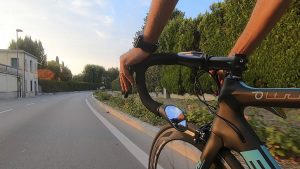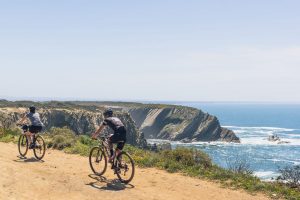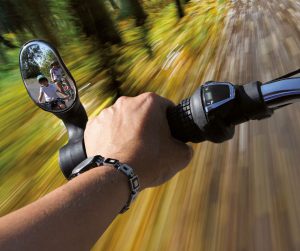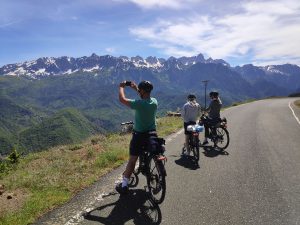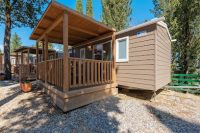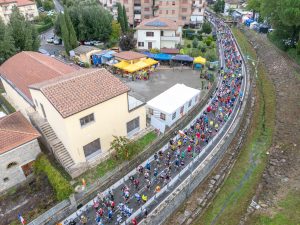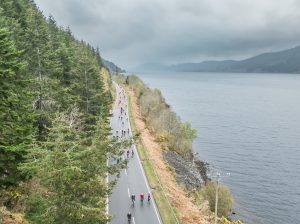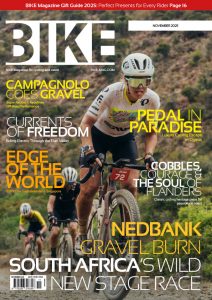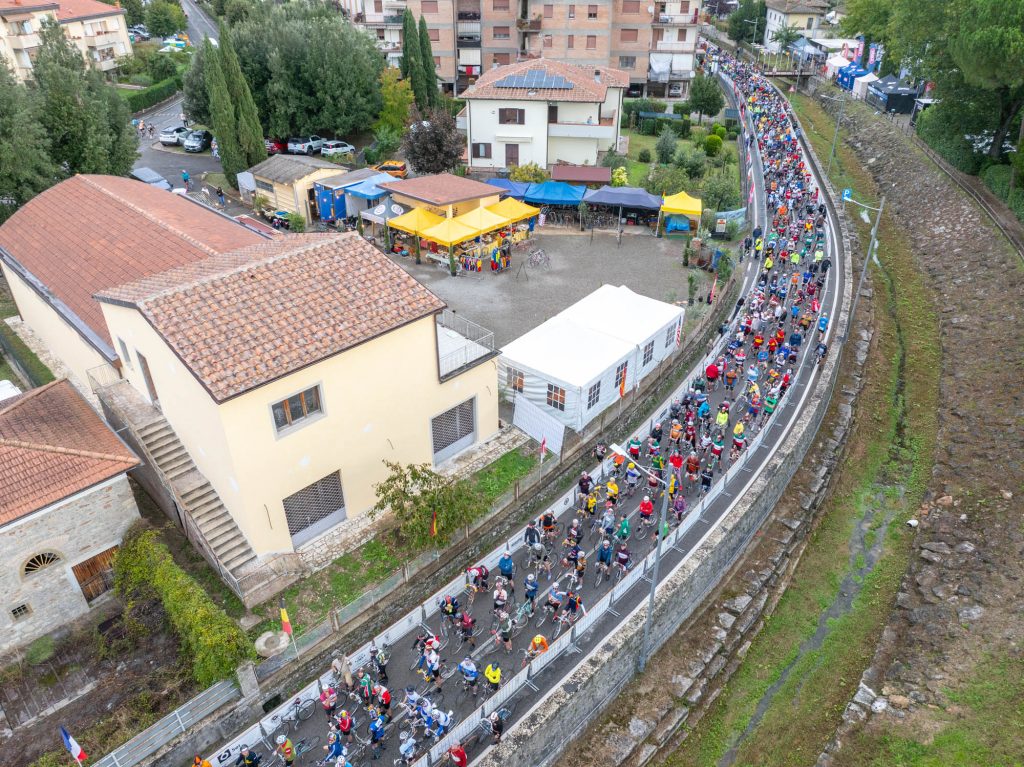Planning a long-distance bike ride? You’re in for quite the adventure. There’s something magical about pushing your limits while discovering new places – but poor preparation can turn your dream ride into a nightmare pretty quickly.
Here are five strategies that’ll help you nail your next cycling expedition without the usual rookie mistakes.
1. Gear Up for Success
First things first – your bike needs to match what you’re actually riding. Don’t take a road bike on mountain trails. A good bike shop can help you figure out what works best for your route.
Invest in padded shorts. Your backside will thank you around mile 50. Moisture-wicking jerseys aren’t just fancy marketing – they actually keep you comfortable when you’re sweating buckets.
Always pack a basic toolkit, spare tubes, and a pump. You don’t want to be stranded 30 miles from nowhere with a flat tyre. Getting a professional bike fit might seem expensive, but it’s way cheaper than dealing with knee problems later.
2. Plan Your Route Wisely
Route planning separates the pros from the amateurs. Check elevation profiles before you commit. That “scenic mountain route” might look beautiful online, but climbing 3,000 feet in July heat is not so fun. Weather matters too – I once got caught in a thunderstorm because I didn’t check the forecast.
Use apps like Strava or RideWithGPS for real rider reviews. Other cyclists will tell you about that sketchy bridge or the amazing bakery at mile 40.
Plan your rest stops, and know where you can refill water bottles and grab food.
3. Nutrition and Hydration Management
Start with a solid breakfast – oatmeal, eggs, whatever gives you sustained energy. Skip the sugary cereals that’ll have you crashing by noon.
Eat before you’re hungry. Drink before you’re thirsty. Set a timer if you have to. I aim for a snack every hour and water every 15-20 minutes.
Energy gels work, but they’re not magic. Real food often works better – bananas, sandwiches, even pizza if you can find it. Don’t underestimate the power of stopping at a local diner. Sometimes that burger hits different when you’ve been pedalling for hours.
4. Master the Art of Pacing
Everyone starts too fast. You feel great at mile 10, so you hammer the pedals. By mile 40, you’re questioning your life choices. Keep it conversational for the first half of your ride. If you can’t chat with a riding buddy, you’re going too hard.
Use a heart rate monitor or just listen to your body. Hills will happen – gear down and spin easily. There’s no prize for suffering unnecessarily.
Take breaks, stretch, and enjoy the scenery. This isn’t the Tour de France.
5. Mental Resilience and Mindfulness
Long rides mess with your head sometimes. Around mile 60, your brain starts lying to you. “This was a terrible idea.” “Why didn’t I just drive?” That’s normal. Push through it – the feeling usually passes.
Focus on what’s around you instead of the distance left. Notice the trees, the smell of fresh air, the rhythm of your pedalling. Some of my best rides have been when I stopped obsessing over my computer and just rode.
Break big distances into smaller chunks. Don’t think “80 miles to go” – think “next rest stop is 15 miles.”
Interestingly, mental endurance works a lot like strategic games such as Americas Cardroom. Poker players learn to stay calm under pressure, make rational decisions despite fatigue, and adapt their mindset after setbacks — the same mental skills cyclists rely on during tough climbs or long solo stretches.
Building that kind of resilience, on or off the bike, makes it easier to push past doubt and finish strong.
Conclusion
Long-distance cycling isn’t just about fitness – it’s about preparation, patience, and enjoying the journey. Get your gear right, plan smart, fuel properly, pace yourself, and stay mentally strong. Now stop reading and go ride. Those roads aren’t going to explore themselves.



